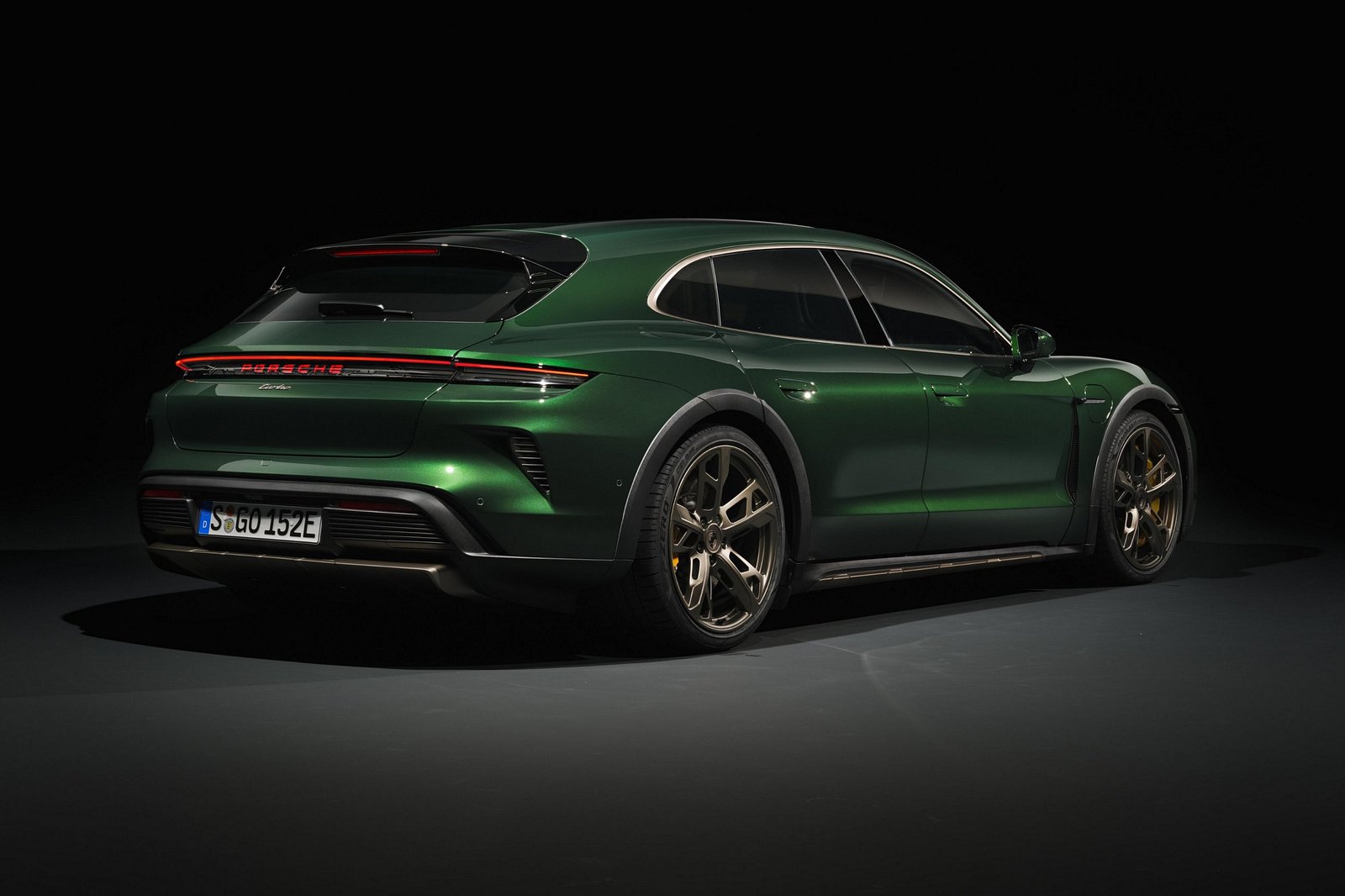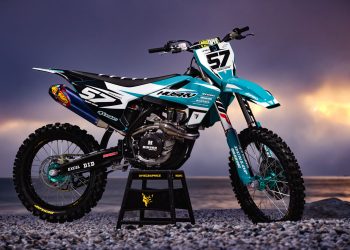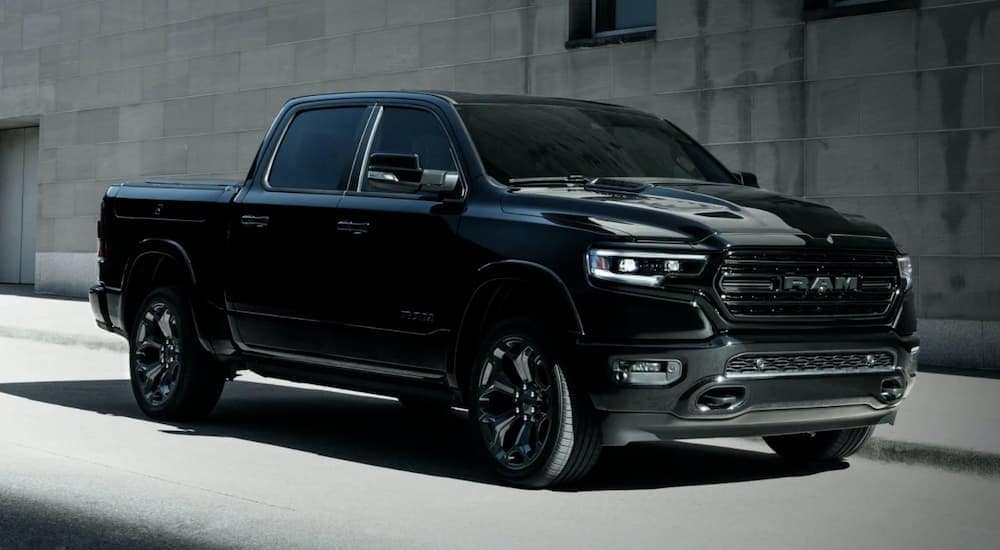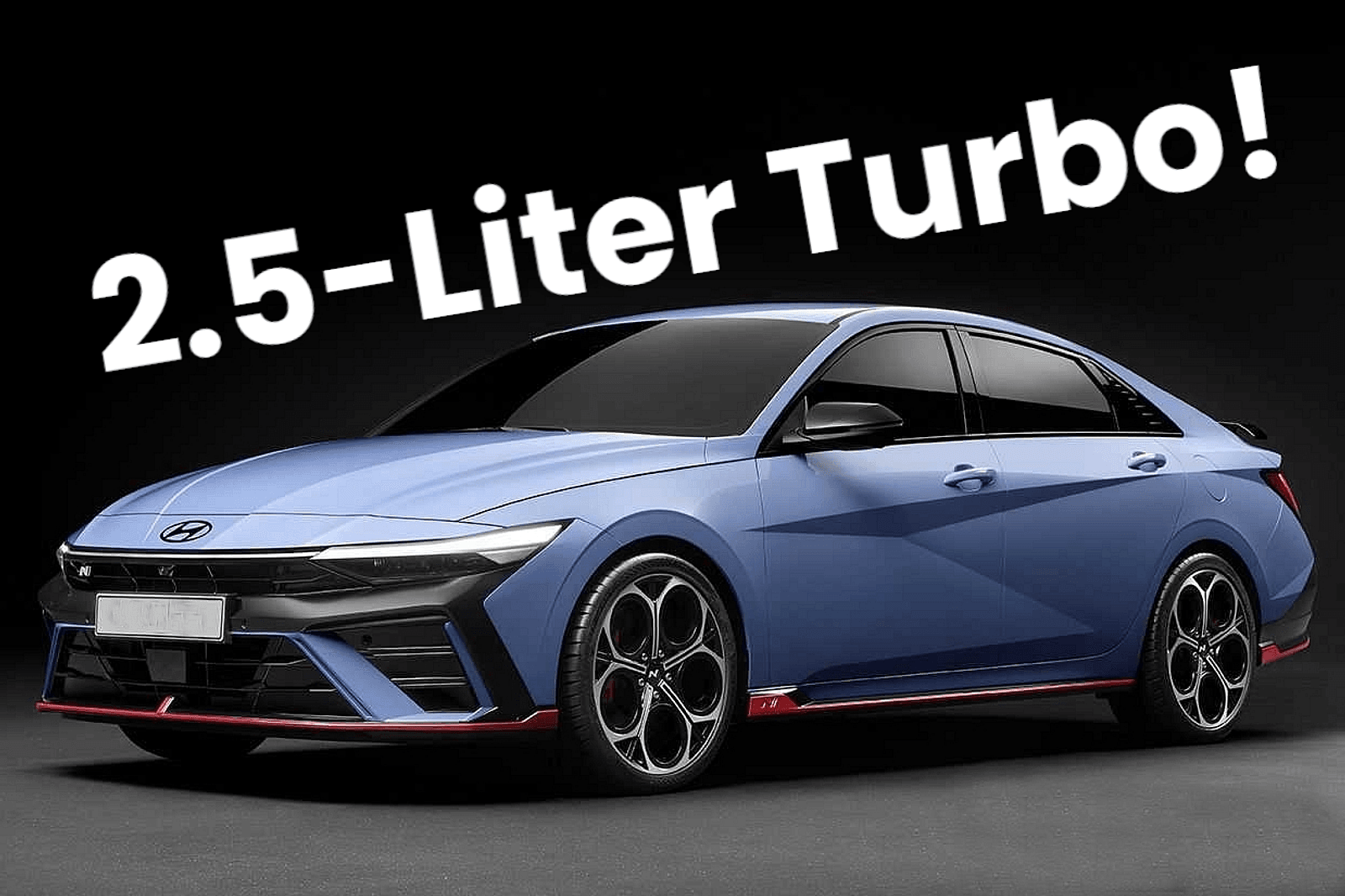Lotus Elise is a completely different car from the Maserati Ghibli in many ways and the cars’ fundamentals are radically different. Yes, they are both high-performance sports cars; therefore, the strategy used is incomparable. The reviewers of Top Gear know that even though the new breed of sports cars may out-tron the Lotus Elise in the looks department, this car is ‘the sports car that still delivers the best seat-of-the-pants feel’.
You can practically get them anywhere in America these days, not just limited to the Midwestern States of Kansas and Missouri. However, if you’re a first-time owner, it is advisable to check for Kansas and Missouri car title loan companies before this. Therefore, let me deep dive into these two vehicles.

Performance
The acceleration in the Lotus Elise S is some of the best in its category or class. Light as a feather in terms of the structure of the vehicle and with a powerful engine, it can turn the Maserati Ghibli around. The Elise uses a 1.6-liter, 4-cylinder, 16-valve manufactured engine. Compared to the transverse-mounted V6, it only gets 134 horsepower; however, it can accelerate from zero to 60 in 6 seconds. Indeed, it can accomplish all of this without consuming huge amounts of fuel. It is an L.E.V that consumes 27 miles on the highway. Yes, in regards to the power-to-weight ratio, there is a lot of torque for a relatively small form factor of the car, which is the Lotus Elise.
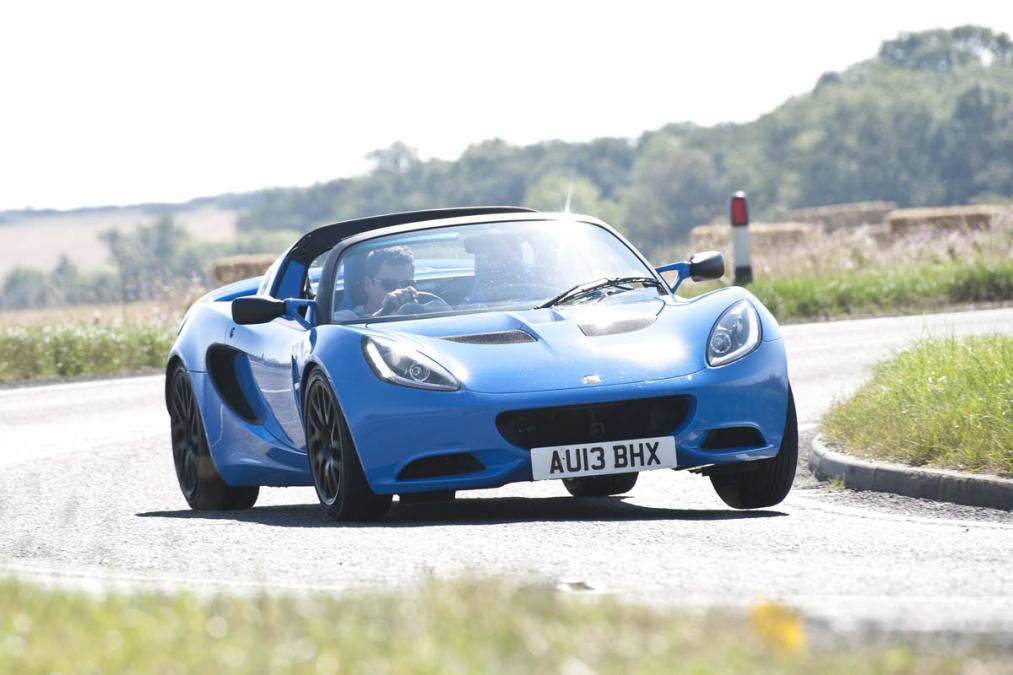
It’s very fast and maneuverable, and more to the point, it does not use a great deal of fuel. The Maserati Ghibli S thus has a 3.0-liter twin-turbo V6 under the hood that produces 440 horsepower and 720 nm of torque. The engine is supplemented with a ZF 8-speed automatic transmission. It is able to run from zero to sixty in 4.9 seconds. It has a degree more power than that of the Lotus Elise which is a good thing as this car will need the power of a beast to get over such a heavy frame.
Handling
The Lotus Elise is sparse on the interior and more focused on the driving experience. A review in Car and Driver noted that the Elise “quite possibly delivers the purest sports-car experience on the market today.”
One of the reasons for such high marks is the handling. It has coaxial coil springs, double wishbone suspension, and high-performance gas-powered dampers. The Maserati Ghibli handles quite well, too. It has both a front double wishbone and a rear multi-link suspension. The clutch is a bit cumbersome, relying on an electronic distribution from a front to rear that can leave you lacking in a quick turn.
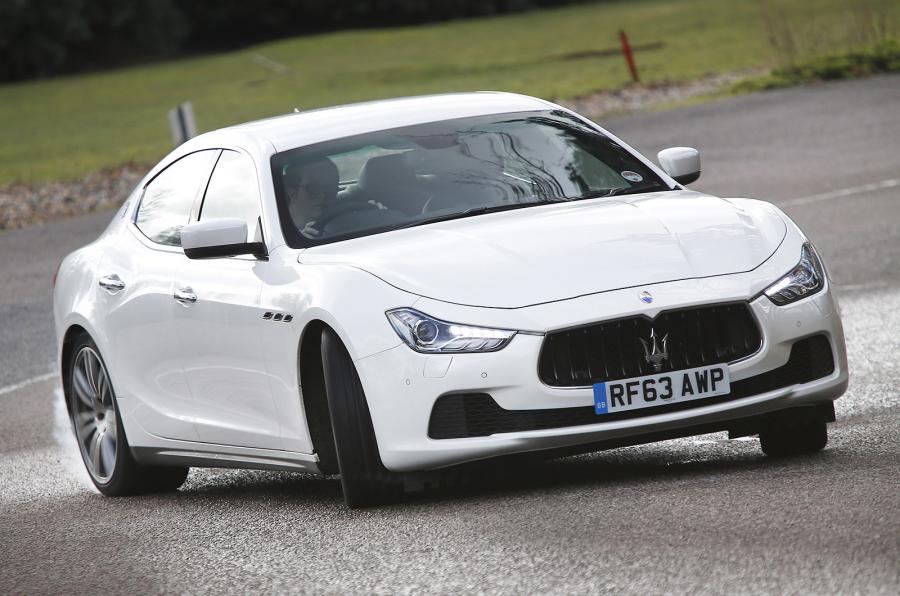
Safety
The Lotus Elise has a few standard safety features, but it’s difficult to incorporate lots of next-generation features into a frame that small. It has safety zones along the frame and LED lights to make the vehicle more visible to other motorists. There are driver and passenger airbags, but no side curtain airbags.
The Elise does have some pretty impressive driver-related safety features, such as servo-assisted front and rear brakes, cornering brake control, and track-tuned ABS.
The Maserati Ghibli is a much larger vehicle with more room for onboard safety features. It has seven airbags to protect the front, sides, and even the legs. The aluminum frame is supplemented by reinforced steel. There are optional systems that you won’t find on the Lotus Elise, like Blind Spot Warning and Rear Cross Path Detection.







